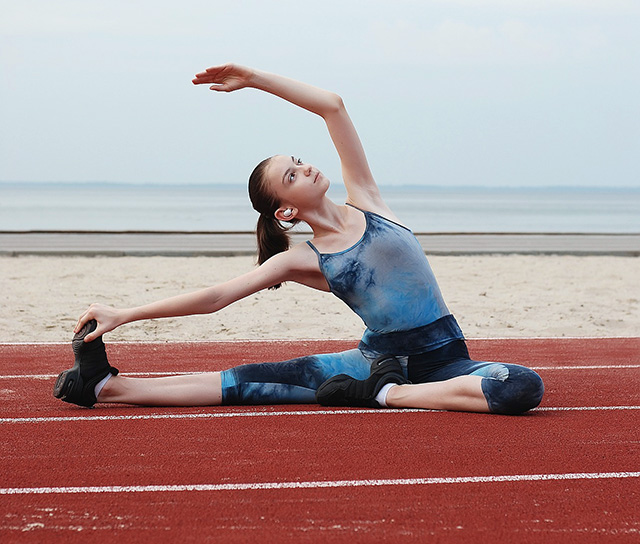Warming up before exercise is an essential step to ensure that your body is ready for the physical demands of your workout. A proper warm-up prepares your body for the increased activity level by raising your heart rate, increasing blood flow to your muscles, and improving joint mobility.
Why Warm-Up?
Warming up is important for injury prevention. A proper warm-up helps to prevent injuries by increasing your body's core temperature and preparing your muscles, tendons, and ligaments for the upcoming workout. A good warm-up can also improve your performance during exercise by preparing your cardiovascular and muscular systems for the activity to come. It helps to increase blood flow to your working muscles, allowing for more efficient oxygen delivery and waste removal. There are mental benefits of a warm-up too. Warming up helps to get you in the right mindset for exercise. Taking a few minutes to focus on your breathing and mentally prepare for your workout can help you perform better and stay motivated.
How to Warm Up
To warm up effectively, start with some light aerobic exercise, such as jogging in place, jumping jacks, or cycling, for 5-10 minutes. This should be followed by dynamic stretching exercises that involve movement, such as lunges or arm circles, to help increase flexibility and range of motion. Remember, a good warm-up should gradually increase in intensity.
Make it Specific
Warming up prepares the body for the specific exercise workout. The actual warm-up conducted will depend on the workout being performed. After you have performed some general and whole-body warm-ups, you should target the specific parts of the body that will be getting a workout. If you are warming-up for a gym workout, the warm-up may include some low-level intensity lifts for each exercise before lifting heavy weights.
 stretching should be part of any warm-up routine
stretching should be part of any warm-up routineInclude Stretching
A stretching routine should be included as part of any warm-up procedure, but it's important to choose the right type of stretches. Dynamic stretching, which involves movement, should be used. This type of stretching can help increase flexibility and range of motion while also helping to prepare your body for the upcoming workout. Examples of dynamic stretching include walking lunges, leg swings, arm circles, and knee-to-chest stretches.
(once you are warmed up, static stretching, where you hold a stretch for an extended period, can be used to improve flexibility)
Adjust to the conditions
You will need to modify the warm-up routine to suit your circumstances. Depending on the environmental conditions, you may wish to extend of reduce the amount of warm-up. In warm conditions, you may already be somewhat 'warmed-up', but should still do basic stretches and body movements. In cold conditions, you will need an extended warm up.
Related Pages
- Warming Up for a Gym Session
- Warm-up for fitness testing
- Warm-up for speed testing
- Sports Medicine Pages
- Injury Prevention
- Stretches


 Current Events
Current Events